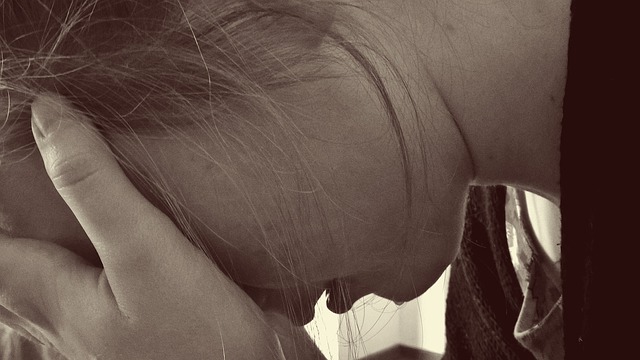
The Truth About Delayed Onset Muscle Soreness
Delayed Onset Muscle Soreness
DOMS, as it is affectionately known, is important to keep an eye on. While it can be a normal indicator of a good workout, it can also be an alarm bell for muscle damage. Depending on the severity of the muscle soreness you feel after your exercise, you may need to take more action than just rest and ice. The truth is that muscle building relies on creating micro-tears in the muscles that are then repaired during the resting phase by a natural bodily process. But when pain proceeds past the point of soreness and aching and into the realm of inflammation, weakness and tingling, you need to take note. This blog is designed to help you figure out when you need to worry.
What to do about DOMS
The more extreme end of DOMS, when muscles become inflamed, painful, weak and swollen is something most athletes want to avoid. That is because it takes the longest time to heal which translates to more time out of the gym or off the playing field. In the most extreme cases, you can even cause permanent muscle damage. So the first step to preventing DOMS is to start gradually and scale up with your exercises; in other words, don’t damage them so acutely in the first place. Warm-ups, which get your muscles in a conducive state to exercise, should never be skipped.
However, if you are suffering from abnormal muscle pain after an exercise, be sure to take action. Here are signs that your muscle pain is abnormal:
- Pain that scales up
- Pain that persists
- Pain on one side
- Weakness, numbness, tingling
If your muscle pain feels abnormal or does not go away, be sure to give our office a call to schedule an appointment. We are experts in diagnosing and treating muscle dysfunction and injury. We can help you determine how it occurred and the extent to which it is damaged and set a course for treatment that includes soft tissue therapy, restorative exercise and stretching.
